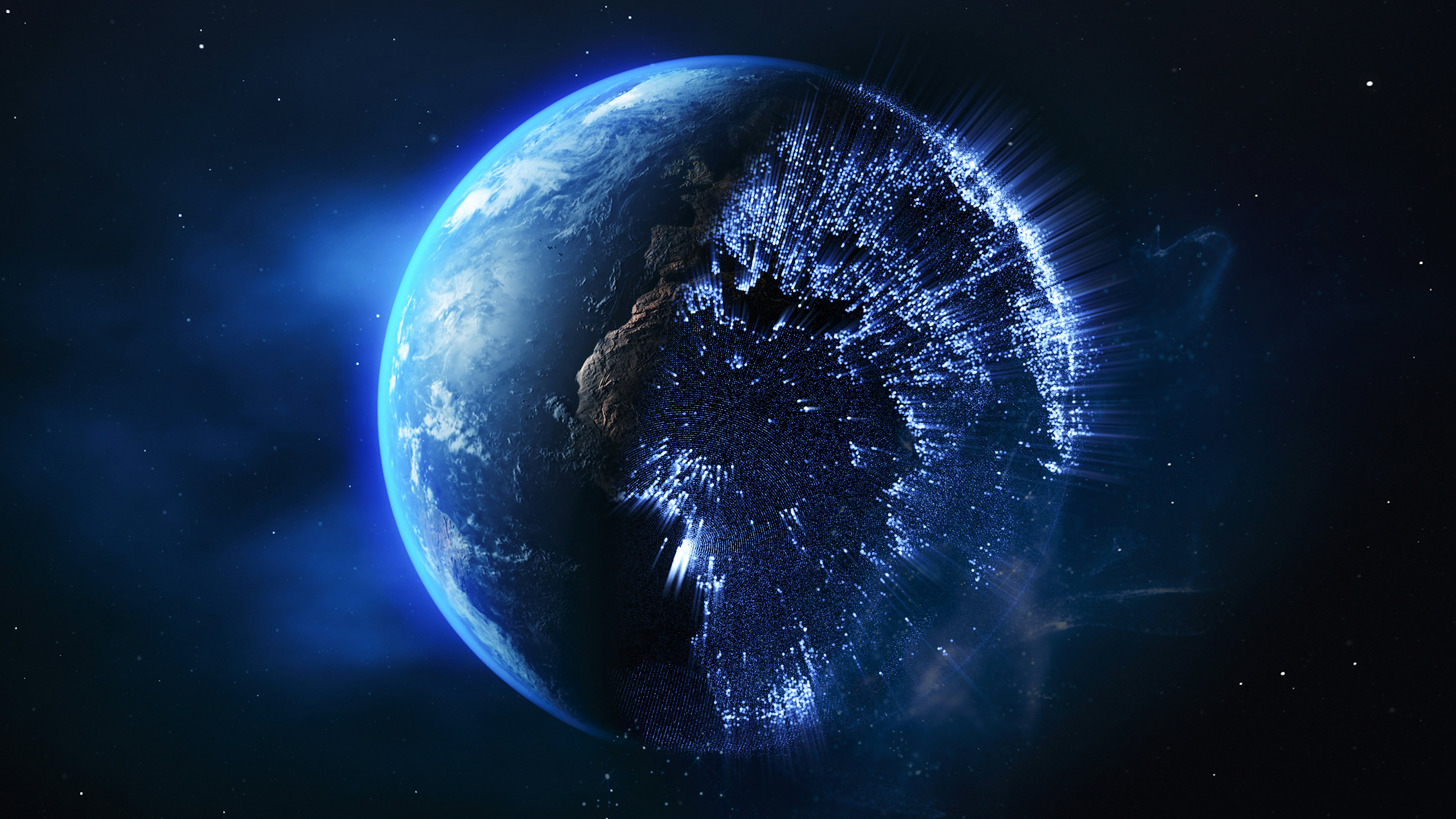
Our home planet is in a hurry. On June 29, 2022, Earth completed the shortest day since scientists started keeping records in the 1960s, pulling off a full rotation 1.59 milliseconds faster than usual.
Terrestrial haste is a trend. In 2020, the planet recorded the 28 shortest days on record, and it kept spinning rapidly into 2021 and 2022. Before scientists could even verify that record-setting day time of June 29, our world almost outdid itself: It blazed through July 26, 2022, 1.50 milliseconds ahead of schedule.
We will likely see more record-short days as Earth continues to accelerate, says Judah Levine, a professor at the University of Colorado-Boulder and longtime time expert at the National Institute of Standards and Technology (NIST). That Earth’s days are getting shorter is no cause for alarm, he says, because the actual time difference amounts to fractions of a second over the course of a year. But what is weird is that, while scientists know that changes to the Earth’s inner and outer layers, oceans, tides, and climate can affect how fast it spins, they don’t know what’s driving the current haste.
Nobody’s perfect — not even our planet. On average, Earth rotates on its axis every 24 hours, or every 86,400 seconds. But for various reasons, from the planet’s imperfect shape to its complicated interior, every day is not exactly the same length as the day before.
What’s more, a day lasting exactly 24 hours is merely a standard we’ve come to expect right now. Earth’s rotation is slowing down over the long term thanks to the Moon’s pull on our world. Just a few hundred million years ago, for example, an Earth day was only 22 hours long. In millennia to come, an Earth day will last far longer.
So what gives with the shorter days of late, which buck the long-term trend? One hypothesis that’s been floated so far has to do with the “Chandler wobble.” Discovered in the 1800s, the phenomenon explains how the not-quite-perfectly-round Earth wobbles ever so slightly, like a spinning top as it slows down. Leonid Zotov told timeanddate.com that the wobble had mysteriously disappeared between 2017 and 2020, which could have helped the Earth finish the day a bit faster.
Another idea is that climate change might affect the rotational speed of the planet. When glaciers melt into the ocean, the shape of the Earth changes slightly, becoming flatter at the poles and bulging at the equator. But Levine says this effect can’t explain why the planet suddenly would spin faster because melting glaciers should have the opposite effect: The planet’s moment of inertia would increase, which would slow us down.
For Levine, the likely culprit is more mundane.
“One of the possibilities is the exchange of momentum between the Earth and the atmosphere,” he says. “The sum of those two is a constant, which means, for example, if the atmosphere slows down, then the Earth speeds up. Or conversely, if the atmosphere speeds up, then the Earth slows down.”

The same thing can happen deep inside our world: It’s possible for the deep core and the mantle — the large layer that exists between the core and the surface — to move at slightly different speeds. There could be an exchange of angular momentum between the Earth’s deep core and the mantle, he speculates.
“Both of those effects … can either pump speed into the surface of the Earth, or take speed out of the surface of the earth,” Levine says. But the dynamics of the atmosphere and the Earth’s interior are so complex that it’s impossible, at least right now, to point to one of these factors as the sure cause of the planet’s brisk pace.
Nature does not always adhere to the rigidity of a clock or a calendar, and planetary timekeepers are accustomed to making a few tweaks. A leap year, for example, exists because we need an extra day every four years to keep the 365-day calendar in sync with the Earth’s revolution around the sun. Because the day is getting longer over time as Earth’s rotational speed slows down, timekeepers toss in a leap second every now and then to keep human time in step with the solar system.
With Earth accelerating, we face an unprecedented possibility: adding a “negative leap second.” In other words, Levine says, if the planet continues to spin too fast, then by the end of the decade clockmasters may need to delete a full second. For example, they might have the clocks skip from 23:59:58 on Dec. 31, 2029 to 00:00:00 on Jan. 1, 2030.
“If you had asked me about the negative [leap second] five years ago,” Levine says, “I would have said, ‘Never.’ But over the last year or two, the Earth is definitely speeding up. And now, if that speed-up were to continue — and there’s a big if there — then we could need a negative leap second in about seven years, maybe eight.”
This has never been done before. Some scientists wonder whether doing so could introduce a troubling hiccup into computer systems. Given the way our world keeps surprising us, though, Levine is not yet convinced that time will come to pass.
“You should remember, that requires an extrapolation over six years — and we’ve been burned before about extrapolations. So, I wouldn’t be ready to bet the farm.”







